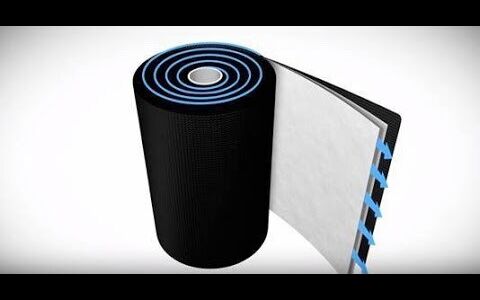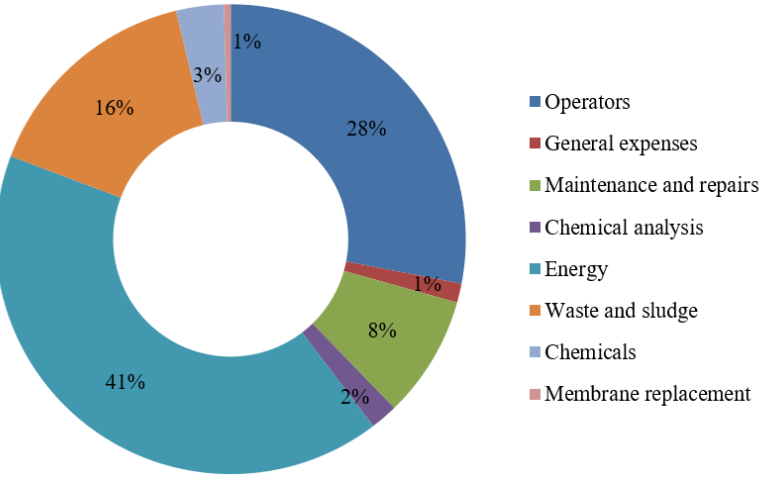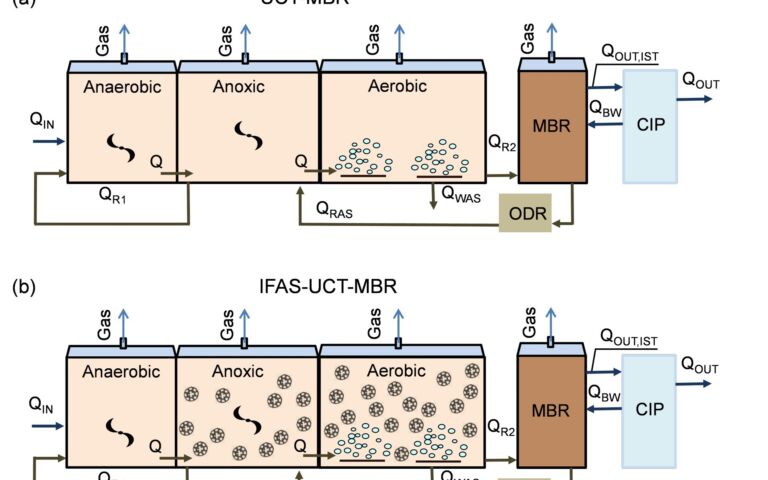Foul play − is the game up for fouling characterisation in municipal wastewater MBRs?

Simon Judd has over 35 years’ post-doctorate experience in all aspects of water and wastewater treatment technology, both in academic and industrial R&D. He has (co-)authored six book titles and over 200 peer-reviewed publications in water and wastewater treatment.
I was privileged to attend a defence of a student PhD in the beautiful surroundings of Delft earlier this week. Apart from a rather bizarre protocol to which the university strictly adhered, entailing all examiners dressing as Jedi knights, it was a most agreeable experience.
Delft University has been at the forefront of what could be termed in-situ permeability determination for many years, under the auspices of the very affable Jaap van der Graaf and his colleagues. Jaap has been blessed with a series of excellent students, and the final one (since Jaap is now retired) was defending her work to a panel of illustrious professorial academics (and Yours Truly making up the numbers). The others were Tor Ove Leiknes (NTNU, Trondheim), Thomas Melin (RWTH, Aachen), Corinne Cabassud (INSA, Toulouse) and, on the home team, Jules van Lier. So, no pressure, then.
Perhaps the most poignant moment was when the (very bright) student was asked about foulant characterisation and fractionation. Her most adamant response was: 'Don’t fractionate'. This comment was borne out in her thesis, which showed series of graphs deftly illustrating the absence of any correlation between fouling layer resistance and pretty much any single chosen parameter of the system across a range of MBRs.
Indeed, she is in very good company. For every plot showing a good correlation between fouling and some esoteric physicochemical parameter, there is at least one displaying data points that could easily have been generated by firing pins randomly at a piece of paper. Good correlations may be obtained for single installations, but extending these across different plants invariably leads to a breakdown in any relationship. Of course, not all of these non-relationships end up in the peer reviewed literature − but they certainly exist in large numbers.
So, is the game up for fouling characterisation in municipal wastewater MBRs? One fears not. Of course, for industrial applications foulant characterisation is worthwhile − essential even.
For municipal MBRs, however, well over a decade of research − and a huge amount of taxpayer’s money − has moved us from a state of profound ignorance to one of informed helplessness. Thank Heaven for chlorine, which seems to control fouling rather well. And we’ve known that for 15 years.








